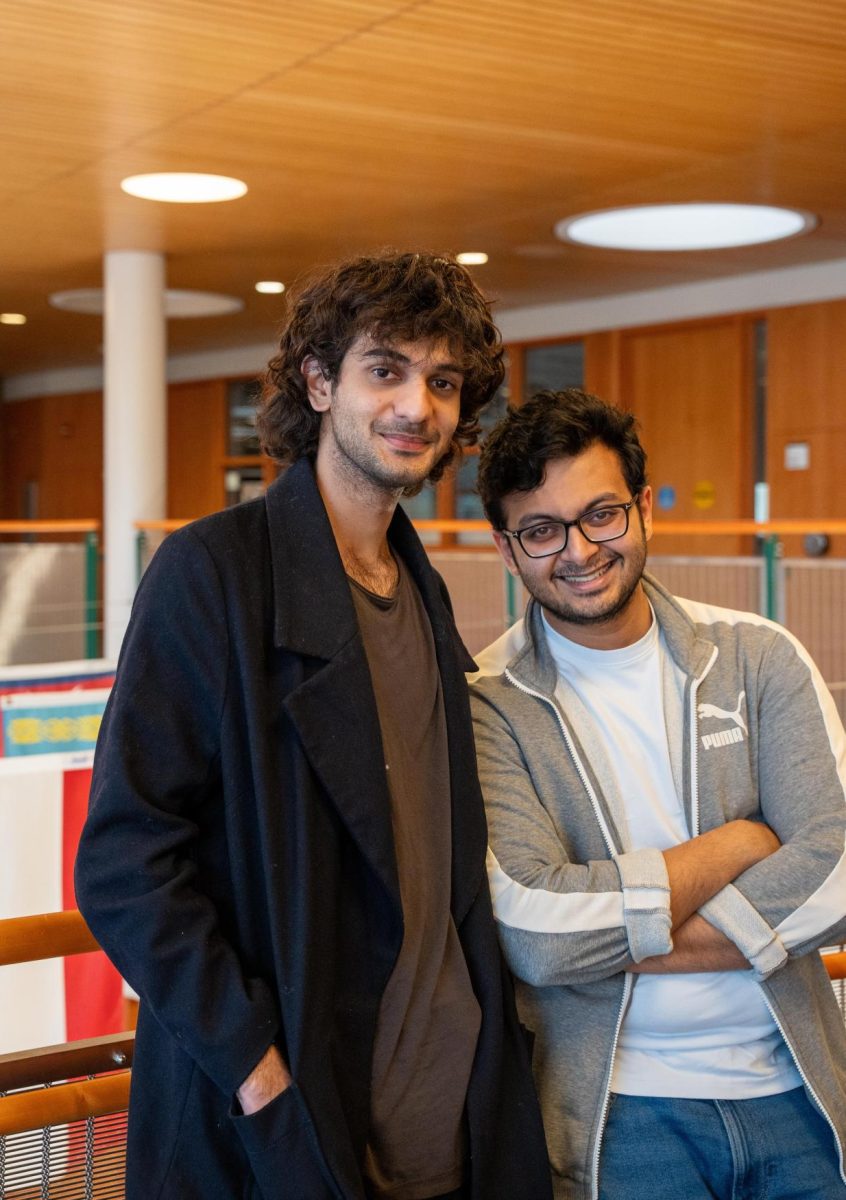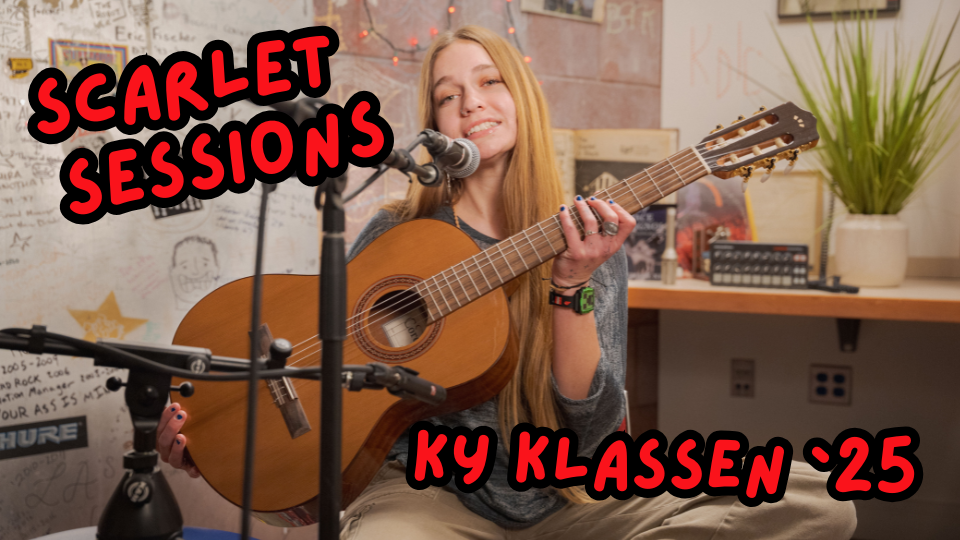Between voice lessons in Bucksbaum Arts Center, a mid-day meal in the Joe Rosenfield Center (JRC), or an anthropology class in the Humanities and Social Sciences Center (HSSC), an average day for a typical Grinnell student has the potential to include a range of locales. According to a recent survey, Grinnell students feel least welcome on average in the Charles Benson Bear `39 Recreation and Athletic Center, compared to other non-residential buildings on campus.
The survey, administered by students enrolled in SST-225: Applied Geographic Information Systems over two weeks in February 2024, was conducted by Filip Matic `24, Da Hye Oh `24.5, Princess Joseph `25, Maren Gingerich `23 and Ana Fernandes Costa `25. It asked 182 Grinnell students to rank up to three non-residential buildings they felt most and least welcome in, whether or not they felt welcome in the town of Grinnell, and about other basic demographic information such as major division or class year.
“The aim of the project was, can we find a connection between these identity markers and their sense of wellness in buildings,” Oh said.
The Bear, Mears Cottage and Noyce Science Center were the places respondents felt least welcome. In comparison, respondents felt most welcome at the HSSC, followed by Burling Library and the JRC.
Oh said she was always interested in researching a sense of belonging at school, which sparked the idea for the survey. “The school always tries — part of their mission is inclusivity, right,” she said. “They [administration] might be interested in this because it shows that there's very different levels of welcomeness based on the building.”
Matic said that the two most interesting findings were centered around the Bear and Noyce. Athletic status was a dividing factor at the Bear, with about 7% of athletes saying they felt least welcome at the Bear compared to about 63% of non-athletes.
Matic said this has implications when considering a social split between athletes and non-athletes. “Are those, sort of, two separate groups that keep together or not? I'm not an athlete, so I don't know,” he said.
At Noyce, the dividing factor was major division. 23.8% of science majors said they felt most welcome at Noyce, as compared to zero social science majors and one humanities major. In contrast, similar percentages of respondents in each major division felt most welcome at the HSSC.
“I'm a math and political science major, so I have been in both buildings,” Matic said, referring to Noyce and the HSSC. “But if you have never been to Noyce, or you only went five times to play Nerf at Noyce or something, it is a very scary building.”
Matic also noted the costly implications these findings may have for administration. “You don't want students not to use the Bear or Noyce,” he said. “These are expensive big buildings with, in my opinion, quite a lot of good facilities people should use.”

Matic noted that international students, on average, feel more welcome in the town of Grinnell than domestic students. “I think it shows the Office of International Student Affairs (OISA) does a pretty good job,” he said. “I think most internationals feel pretty welcome in town, welcome overall on campus, that's a good thing.”
He also referenced the Stonewall Resource Center (SRC) as a location that they should have included. “We don't want to spam people with a huge questionnaire, but we could have definitely asked for race, or for more demographic data like specific majors,” Matic added.
The entire results of the research are available online for users with a Grinnell College login.
The Bear cost $90 million dollars to construct. Noyce was built in two stages that cost $18 million and $40 million, respectively.






















































